Erosion control blankets are essential tools for managing soil erosion and promoting vegetation growth in various landscapes. In this illustrated buying guide, we explore the best erosion control blankets available on the market, highlighting their key features, benefits, and ideal applications. Whether you’re a homeowner looking to stabilize your garden, a contractor managing construction sites, or a landscaper seeking sustainable solutions, our comprehensive guide will help you make informed choices.
Discover different types of erosion control blankets, including biodegradable options, synthetic materials, and their unique characteristics. Our illustrations will provide clear visuals of each product, making it easier to understand their functions and how they can be applied effectively. With expert tips on installation and maintenance, this guide is your go-to resource for selecting the right erosion control blanket to protect your soil and enhance your outdoor spaces.
Happybuy Driveway Erosion Control Blanket – Durable Geotextile Fabric, 13×108 Inches, Ideal for Soil Stabilization and Erosion Prevention
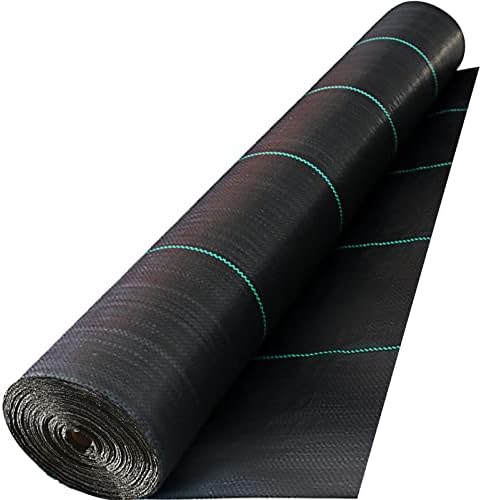
Burloptuous Erosion Control Blanket – 5 Feet x 50 Feet Gardening Burlap Roll for Soil Stabilization and Plant Protection
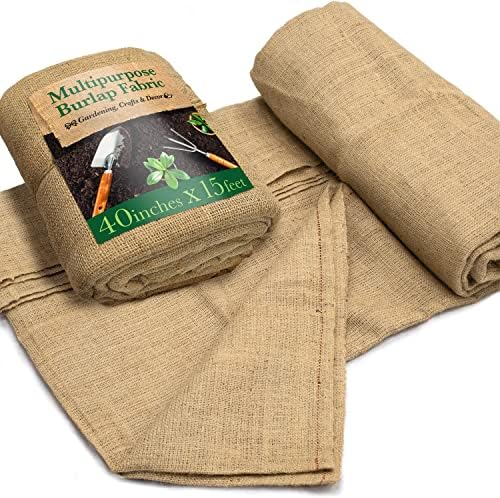
EXTRAEASY Erosion Control Barrier – 3 Feet x 50 Feet Heavy-Duty Landscape Fabric for Weed Prevention and Soil Stabilization
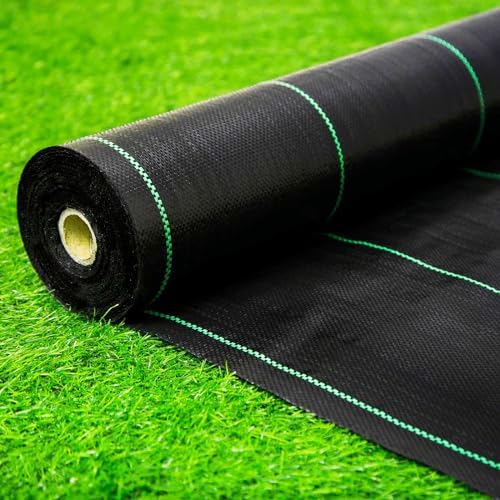
Super Geotextile Erosion Control Blanket – 4 Feet x 50 Feet Durable Landscape Fabric for Soil Stabilization and Weed Prevention
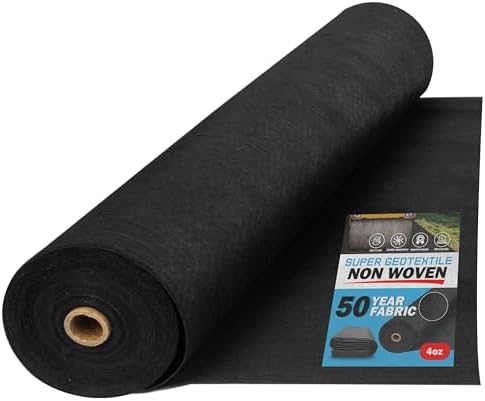
Burlapper Natural Burlap Garden Fabric – Eco-Friendly Erosion Control Blanket for Gardening and Landscaping (4′ x 100′)
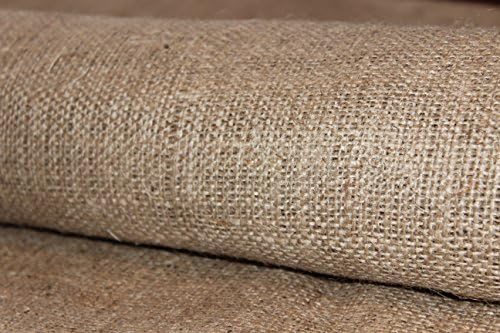
SCOTTS 203235 SC3X150 Landscape Fabric – Erosion Control Barrier (150 Feet)
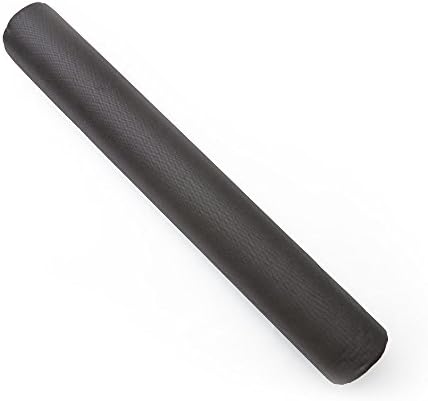
1. Happybuy Driveway Fabric
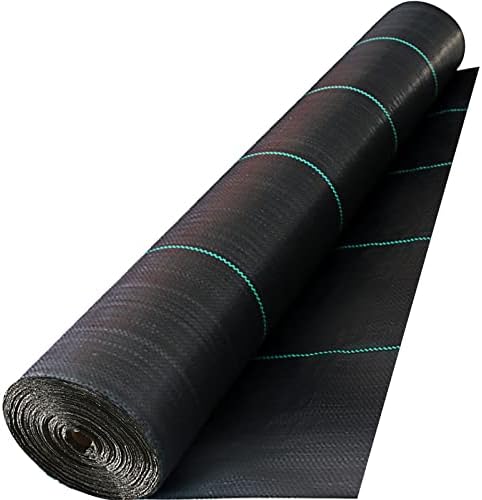
Protect your landscape with the Happybuy Driveway Erosion Control Blanket. This premium geotextile fabric measures 13×108 inches, designed specifically for effective soil stabilization and erosion control. Made from high-quality materials, it ensures durability against harsh weather and promotes healthy plant growth by retaining moisture and nutrients. Perfect for driveways, slopes, and gardens, this blanket prevents soil erosion while enhancing your outdoor aesthetics. Easy to install and versatile, it’s an essential tool for any gardener or landscaper looking to maintain a beautiful and sustainable environment.
Pros
Cons
2. Burloptuous Erosion Control Blanket
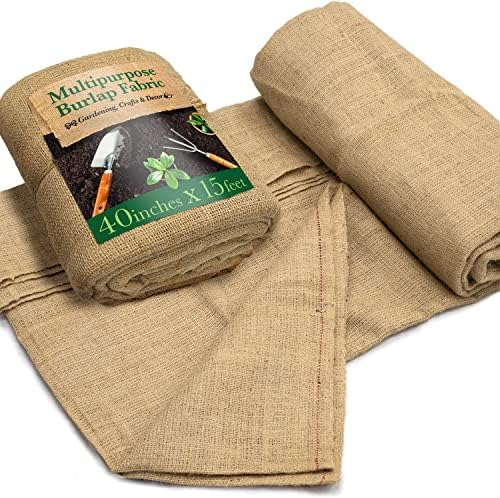
Enhance your gardening and landscaping projects with the Burloptuous Erosion Control Blanket. This eco-friendly burlap roll measures 5 feet by 50 feet, providing ample coverage for various applications, including soil stabilization and erosion prevention. Crafted from natural materials, this blanket effectively retains moisture, protects plant roots, and minimizes soil erosion caused by wind and water. Its biodegradable design ensures it integrates seamlessly into the environment, promoting healthy plant growth. Ideal for gardens, slopes, and construction sites, the Burloptuous blanket is your go-to solution for sustainable landscape management.
Pros
Cons
3. EXTRAEASY Erosion Control Barrier
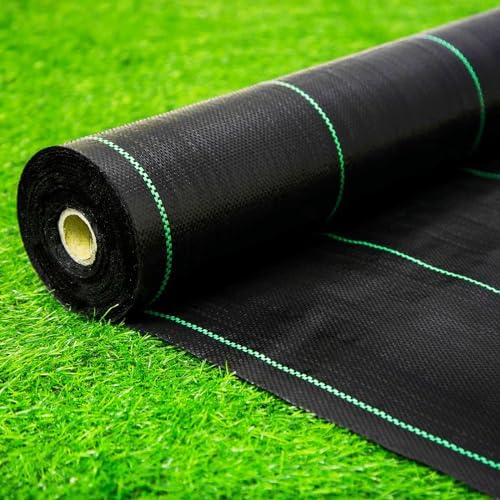
Transform your outdoor spaces with the EXTRAEASY Erosion Control Barrier. Measuring 3 feet by 50 feet, this heavy-duty landscape fabric is engineered for maximum durability and effectiveness in preventing soil erosion while suppressing weed growth. Made from high-quality materials, this barrier provides excellent drainage and allows water and nutrients to penetrate while keeping unwanted plants at bay. Ideal for use in gardens, flower beds, and along slopes, it ensures your soil remains intact and healthy. Easy to install, this fabric is a reliable solution for long-lasting landscape protection.
Pros
Cons
4. Super Geotextile Erosion Control Blanket
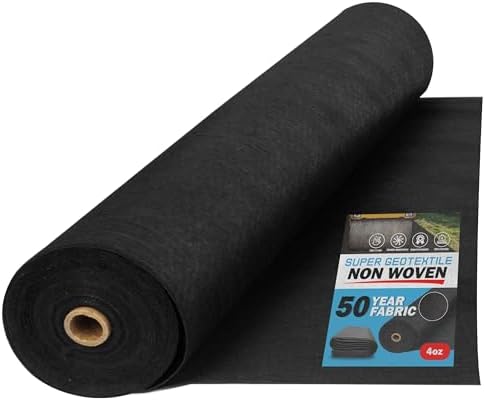
Achieve a beautifully landscaped yard while protecting your soil with the Super Geotextile Erosion Control Blanket. Measuring 4 feet by 50 feet, this robust landscape fabric is expertly crafted for soil stabilization and effective weed control. Made from high-quality materials, it ensures excellent permeability, allowing water and nutrients to penetrate while preventing erosion and minimizing weed growth. Ideal for slopes, gardens, and landscaping projects, this fabric provides a reliable solution for maintaining soil integrity. Its easy installation means you can quickly enhance your outdoor space’s beauty and functionality.
Pros
Cons
5. Burlapper Natural Burlap Garden Fabric
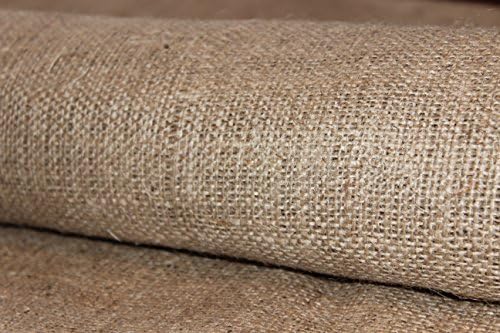
Transform your gardening experience with the Burlapper Natural Burlap Garden Fabric, a versatile and eco-friendly solution for erosion control and landscaping. Measuring 4 feet by 100 feet, this durable burlap fabric provides excellent soil protection, effectively preventing erosion while allowing air and water to circulate. Made from 100% natural materials, it blends seamlessly into your garden, enhancing its aesthetics while promoting healthy plant growth. Perfect for garden beds, landscaping projects, and weed control, this burlap fabric is easy to cut and customize to fit your needs.
Pros
Cons
6.SCOTTS 203235 SC3X150 Landscape Fabric
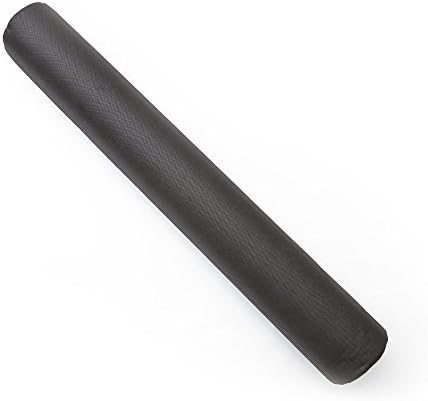
Ensure your garden thrives with the SCOTTS 203235 SC3X150 Landscape Fabric, an essential erosion control barrier designed to protect your landscaping investments. Spanning 150 feet, this robust landscape fabric prevents soil erosion while allowing water and nutrients to reach your plants. Crafted from durable materials, it effectively suppresses weeds, ensuring a clean and healthy garden environment. Easy to install and ideal for various landscaping projects, this fabric is a gardener’s best friend for maintaining a flourishing garden.
Pros
Cons
How to Use Erosion Control Blankets
To install an erosion control blanket, you’ll need to dig a small trench to secure the material, fold the edge underneath itself, and secure it with staples. After this, refill the channel to the original soil level. It’s recommended you secure blankets to each other if you’re using more than one, particularly any loose edges that are upwind.
Temporary Use
One of the best things about erosion control blankets is that they suit temporary situations and permanent ones. If you want to protect a seeded area or need to prevent erosion while working on landscaping, erosion control blankets are among the best solutions. Some blankets degrade over time, so these are an excellent option for a temporary fix.
Permanent Use
Despite their functionality as erosion prevention for temporary situations, RECPs also work well as permanent erosion control measures. If there are areas to your landscaping or geography that you would like to protect, you can permanently secure erosion control blankets to bring erosion levels down.
Factors to Consider When Choosing the Right Erosion Control Blanket
- Slope: The slope of your project is crucial in determining the type of erosion control blanket to use. Steeper slopes may necessitate a blanket with enhanced stability, while gentler slopes might only need a basic option. For sloped areas requiring extra stabilization, the “Biodegradable (Jute) – Double Net – 70% Straw 30% Coconut” blanket is recommended.
- Soil Type: The soil composition at your site plays a significant role in selecting an erosion control blanket. Heavy clay soils often require a blanket with more stability, whereas sandy soils may need less.
- Rainfall Amount: The region’s rainfall levels can influence your choice. Projects in areas with high rainfall may require a blanket with greater stability to effectively prevent erosion during heavy rain events.
Benefits of Using Erosion Control Blankets
Erosion control blankets offer numerous advantages for various applications, from residential backyards to commercial properties. Here are some key benefits of installing an erosion control blanket:
- Prevents Soil Erosion: Erosion control blankets stabilize uneven soil, preventing it from becoming loose, rough, or cracked due to water runoff. By leveling the ground, adding an erosion net, and spreading seed, you can enhance soil integrity and appearance.
- Ideal for Hilly Regions: In areas with slopes, rain can wash away mud, rocks, and debris. Erosion control blankets redirect water flow over the blanket instead of the soil, effectively stopping erosion in its tracks. You’ll often see these blankets on hillsides near highways and in mountainous regions.
- Biodegradable: Erosion control blankets naturally break down over time, eliminating the need for removal. With proper maintenance, these blankets can biodegrade over a couple of years, making them a non-invasive, out-of-sight solution.
- Regulates Hydration and Airflow: These blankets ensure your plants receive the ideal mix of oxygen and water essential for growth. This regulation helps prevent excessive hydration and flooding, which can harm plants.
- Durable and Versatile: Erosion control blankets come in various materials, allowing you to choose the best option for your needs. They are durable and can withstand various environmental conditions.
- Easy Installation: Once you familiarize yourself with the process, installing erosion control blankets is straightforward, saving you time and effort in the long run.
Overall, erosion control blankets provide effective solutions for managing erosion and supporting plant health while being environmentally friendly and easy to use. In the next section, we’ll outline the step-by-step installation method.
How To Install an Erosion Control Blanket

Always refer to the manufacturer’s installation guide and any technical project specifications for your specific application.
Hillside Erosion Control Preparation
- Clear the Area: Remove all debris, including weeds, rocks, trash, and any other obstructions. This step is crucial because nothing can be underneath the erosion control blanket. Ensure the entire area is cleared from edge to edge before proceeding.
- Seed, Fertilize, and Compact: After clearing the debris, seed the area and apply any necessary fertilizer. Ensure the soil is compacted and graded to create a uniform surface for optimal grass growth.
- Install the Erosion Control Blanket:
- Place the top of the blanket in a trench, ensuring it extends about one foot beyond the edge.
- Secure the blanket to the bottom of the trench with landscaping staples, and also secure the excess 18 inches beyond the edge.
- Fill the trench with compacted soil, patting it down with a shovel to keep the blanket in place. You can fill the trench now or at the end of the installation process.
- Roll the Blanket Downhill: Unroll the blanket downhill until it reaches the opposite edge.
- If using multiple blankets, ensure they overlap for maximum effectiveness.
- Staple the blanket at the other end using landscaping staples to secure it in place.
Following these steps will help ensure effective erosion control on your hillside.

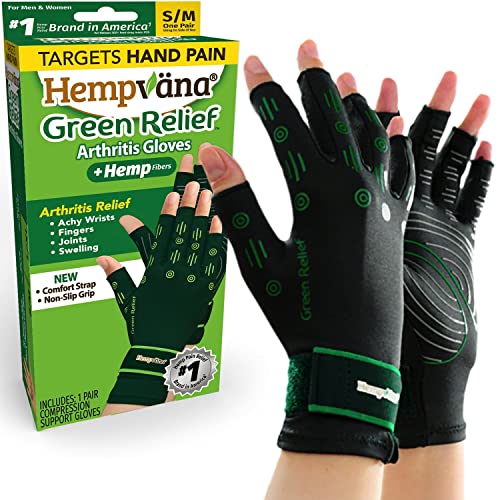


Leave a Reply